|
Planning a fitness photoshoot in the vibrant city of Singapore is an exciting endeavor. The Lion City offers a multitude of picturesque locations and a fitness-friendly culture that makes it an ideal backdrop for capturing dynamic fitness images. However, a successful fitness photoshoot goes beyond just pointing and shooting. Here are five essential tips to ensure your fitness photoshoot in Singapore exceeds your expectations:
Remember, success is in the details. Careful planning, excellent communication with your team, and a clear vision will contribute to a successful fitness photoshoot in Singapore. With the city's stunning backdrops and your creative direction, you're on your way to creating memorable fitness imagery. In the dynamic fitness industry of Singapore, one thing is crystal clear – image matters. Whether you're a gym owner, fitness studio manager, or a personal trainer, the right visuals can make all the difference in your marketing efforts. This article delves into the pivotal role that professional fitness photography plays in the marketing strategies of fitness businesses and professionals across Singapore.
When it comes to fitness marketing, first impressions count. High-quality, professional fitness photos are more than just images; they are powerful tools that can elevate your brand and create a lasting impact. Here's why investing in professional fitness photography is a must:
Are you ready to elevate your fitness brand's image with stunning, professional photography? Contact us today to start your journey towards a visually compelling brand. As a model, the key to a successful photoshoot lies in effective communication and collaboration with the photographer. This guide aims to help you understand what to expect on the day of the shoot, how to communicate with the photographer, and the importance of being open-minded and cooperative throughout the process. By following these recommendations, you can ensure a positive experience that results in stunning images that showcase your talent. What to Expect on the Day of the Shoot On the day of the photoshoot, arrive promptly and well-prepared. Make sure to bring any required wardrobe items, accessories, or props, and come with a clean face and hair, ready for styling. The photographer will likely have a pre-planned vision for the shoot, which they will discuss with you, including desired poses, expressions, and overall mood. Communication with the Photographer Maintaining open and honest communication with the photographer is crucial. If you have any concerns, questions, or suggestions, do not hesitate to express them. The photographer will appreciate your input and may be able to address your concerns or incorporate your ideas into the shoot. Why You Shouldn't Ask for Raw Images or Edit the Photographer's Work As a model, it is essential to understand the reasons why asking for raw images or editing the photographer's work is generally discouraged: a. Artistic integrity: The photographer's editing and retouching process is an essential part of their creative vision. By altering the images, you may compromise the photographer's artistic integrity and their intended portrayal of the subject. b. Professionalism: Editing a photographer's work without their permission can be perceived as unprofessional and may strain your working relationship. c. Quality: Professional photographers possess the necessary skills and tools to edit images to a high standard. Attempting to edit their work yourself may result in a lower-quality final product. Being Cooperative and Open-minded During the photoshoot, it is crucial to be cooperative and open-minded. This involves: a. Following the photographer's directions: Listen carefully to the photographer's instructions and be willing to try new poses or expressions, even if they may feel unfamiliar or uncomfortable. Trust their expertise and vision. b. Embracing the concept: Be receptive to the shoot's theme or concept, even if it may be outside of your comfort zone. Remember that the photographer's goal is to create beautiful images that showcase your talent and versatility. c. Overcoming body shyness: Understand that the photographer's job is to capture your unique beauty and form. Be confident in your body and do not be afraid to express yourself during the shoot. Remember that photographers work with models of all shapes and sizes and are experienced in capturing each individual's unique attributes. In Conclusion As a model, effective communication and collaboration with the photographer are key to a successful photoshoot. By understanding what to expect, maintaining open communication, and being cooperative and open-minded, you can ensure a positive experience that results in stunning images. Remember to trust the photographer's expertise and vision, and be confident in your own abilities as a model. In the world of professional photography, boudoir and physique photoshoots are unique genres that focus on showcasing the human body, its curves, and muscularity. As a model, it is essential to understand the nature of these shoots, the industry norms, and what to expect during the process. This article aims to provide a comprehensive overview of the elements involved in a boudoir or physique shoot, ensuring models are well-prepared and comfortable with the experience.
The Importance of Physical Contact During a boudoir or physique photoshoot, physical contact between the model and the photographer or their assistants may be necessary. This contact is always professional and limited to adjusting poses, positioning, and ensuring that the model's body is showcased to its fullest potential. Examples of physical contact may include:
It is crucial to remember that physical contact is a common industry practice, and its purpose is to create the best possible images while maintaining the model's safety and comfort. Stages of Nudity in Boudoir and Physique Photoshoots Boudoir and physique photography often involve various stages of nudity to emphasize the model's body and muscularity. The level of nudity in a photoshoot may range from fully clothed to partial or complete nudity, depending on the desired outcome and the model's comfort level. Models should be aware of the following:
Occasionally, boudoir and physique photoshoots may involve the exposure of a model's genitals or require more intimate physical contact between the model and the photographer or their assistants. These situations arise for specific artistic and creative reasons, and it is essential to understand the rationale behind these decisions. Artistic Vision and Creative Expression The primary reason for genital exposure or increased physical contact in boudoir and physique photography is to convey a particular artistic vision or creative expression. These photoshoots focus on showcasing the beauty, strength, and vulnerability of the human body, and sometimes, the artistic concept may call for a more revealing approach. Genital exposure may be used to:
Notable Examples Several photographers and models have gained recognition in the boudoir and physique photography genres, showcasing the artistry and professionalism involved in these shoots. Some notable examples include:
Conclusion Boudoir and physique photography are specialized niches in the modeling industry, and it is vital for models to understand the nature of these shoots, including physical contact and varying stages of nudity. By staying informed and communicating openly with the photographer, models can participate in a professional and comfortable environment that highlights the beauty of the human body. Embracing the norms and artistic aspects of these photoshoots can lead to a fulfilling and successful experience in this unique sector of the industry. As a physique model preparing for your first photo shoot, it's important to take the necessary steps to ensure that you look and feel your best on the day of the shoot. Here's a guide to help you get ready:
Finding a good photographer who suits your needs and showcases the best side of you is crucial. A skilled photographer will not only help enhance your personal and professional image but also play a vital role in marketing, branding, and positioning yourself effectively. Here are the key reasons why:
|
ArchivesCategories |
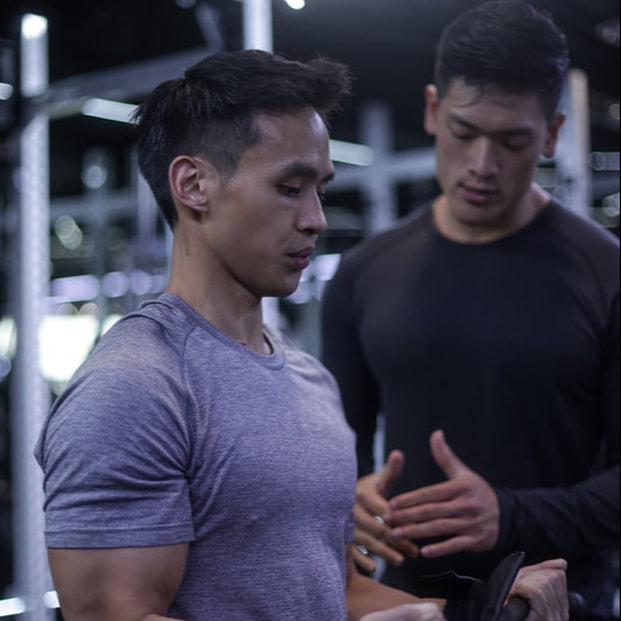
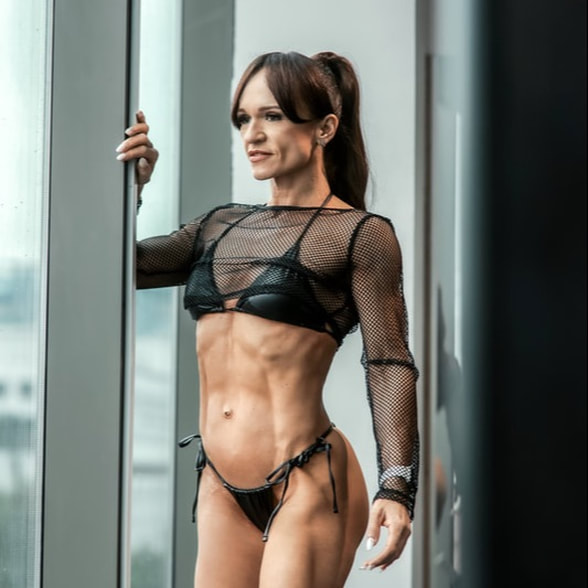
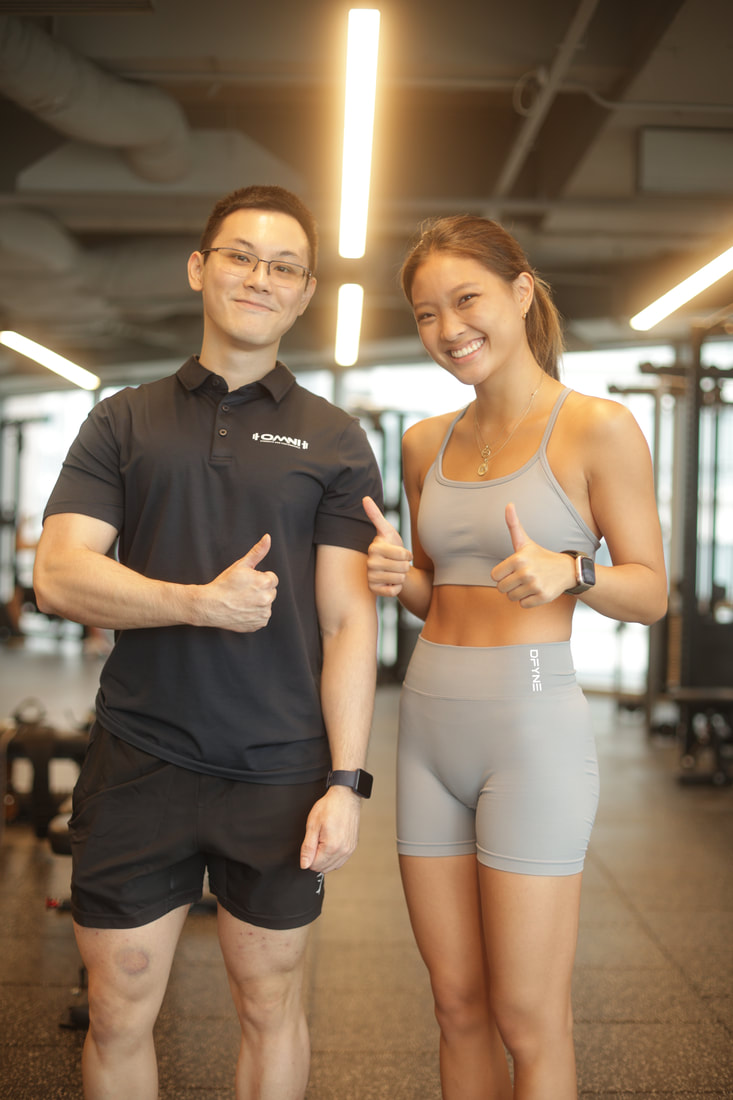
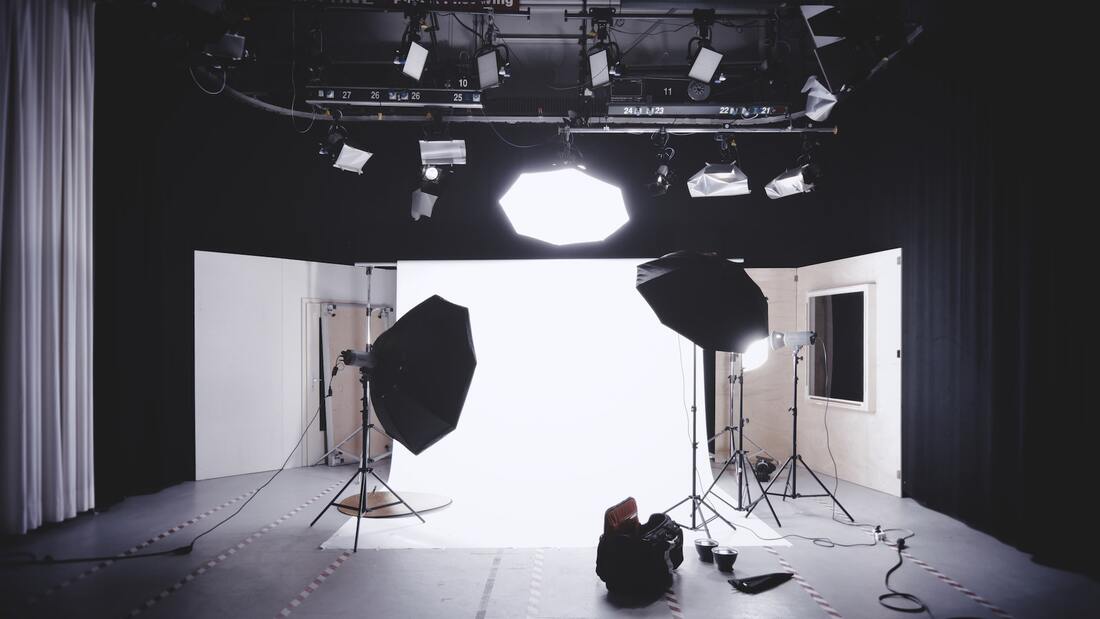
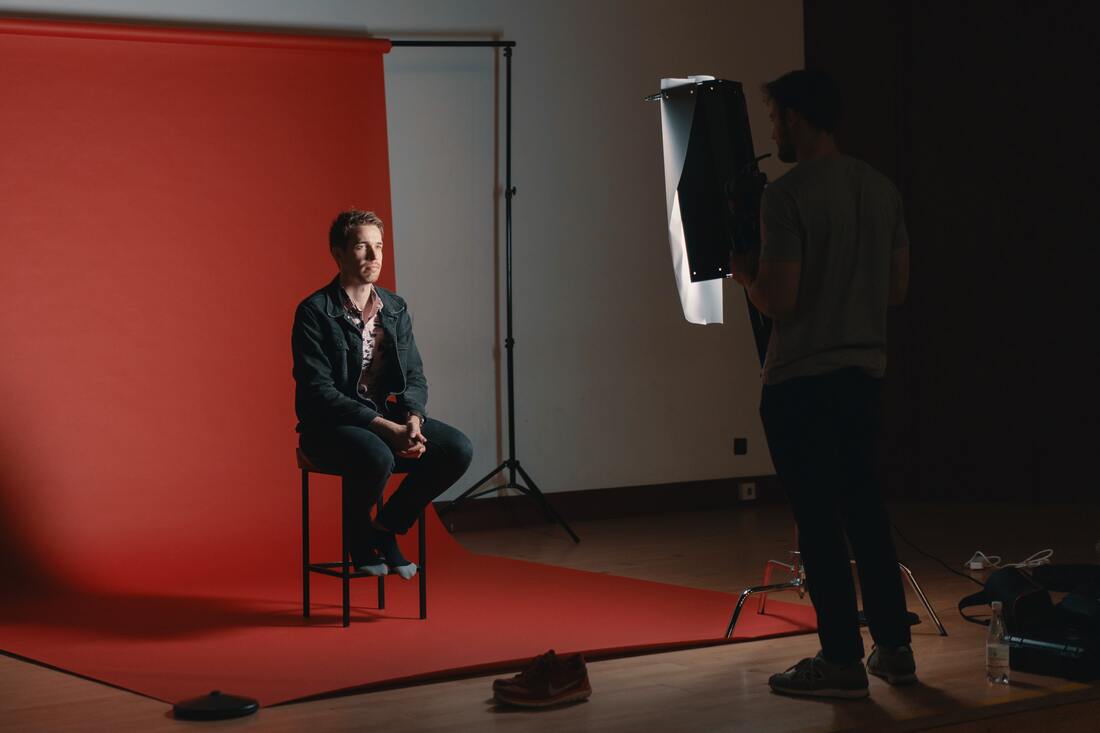
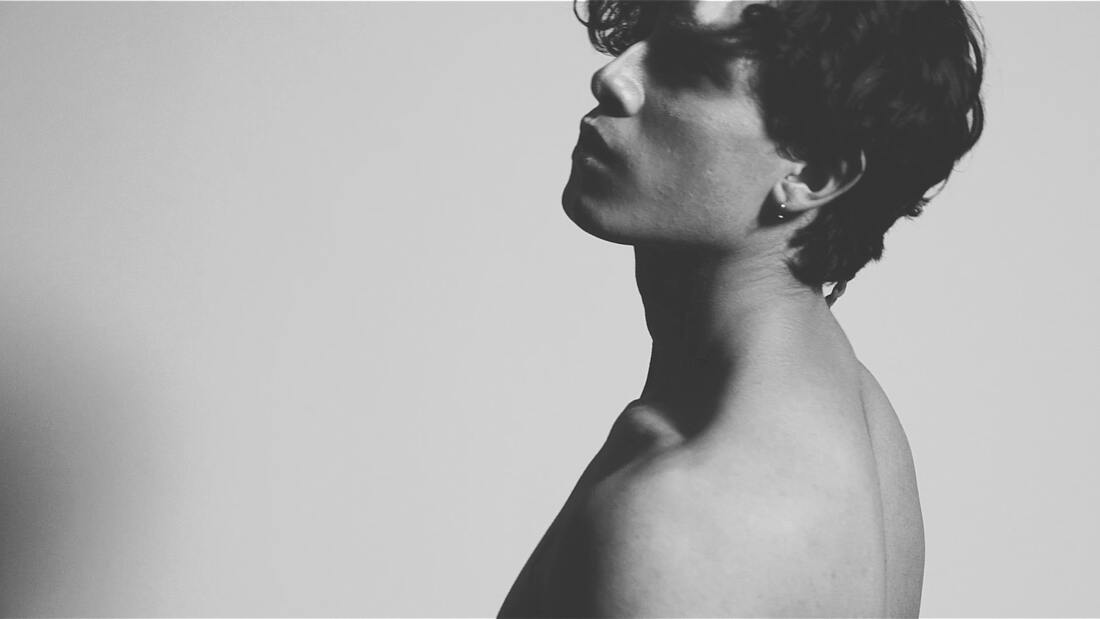
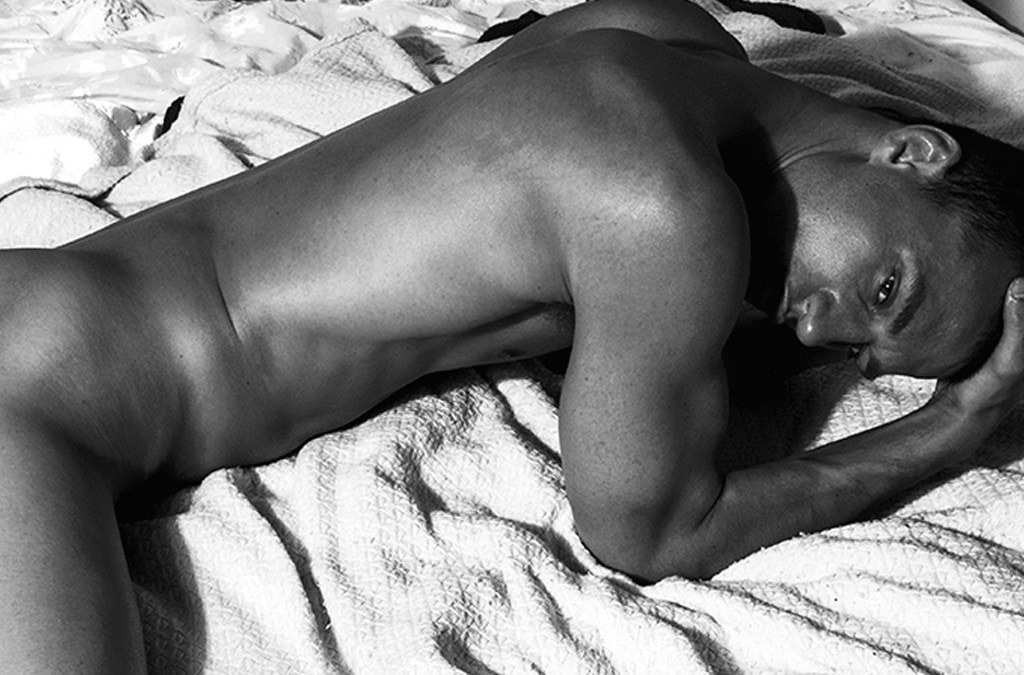
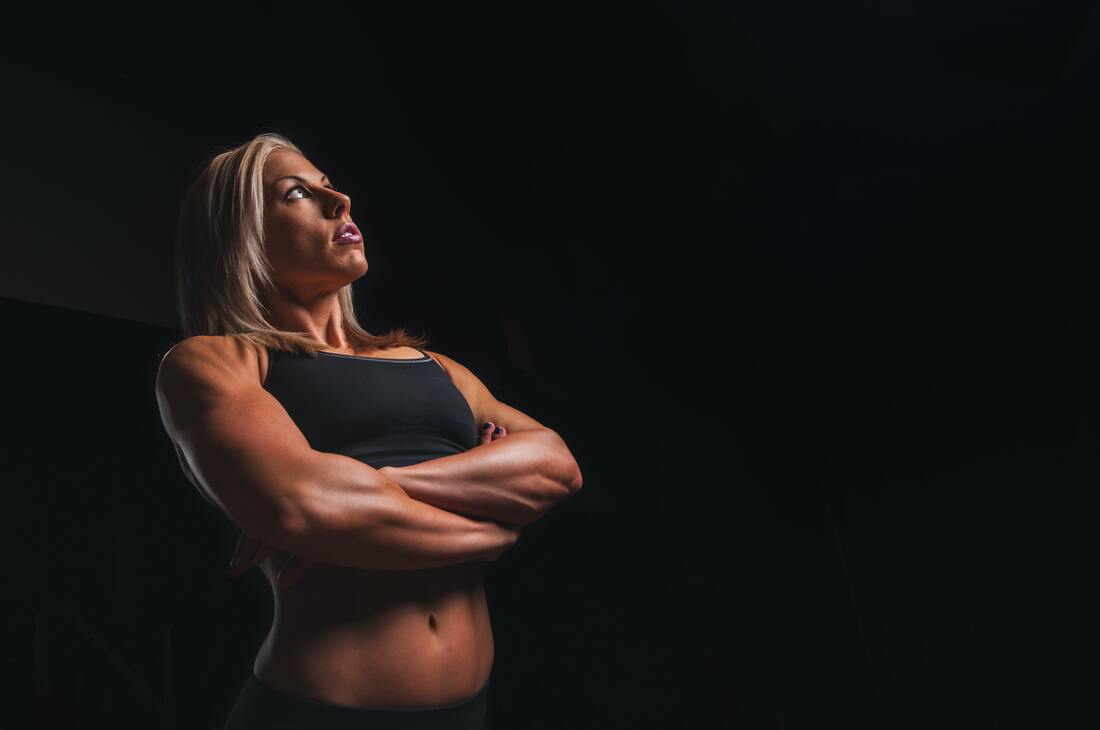
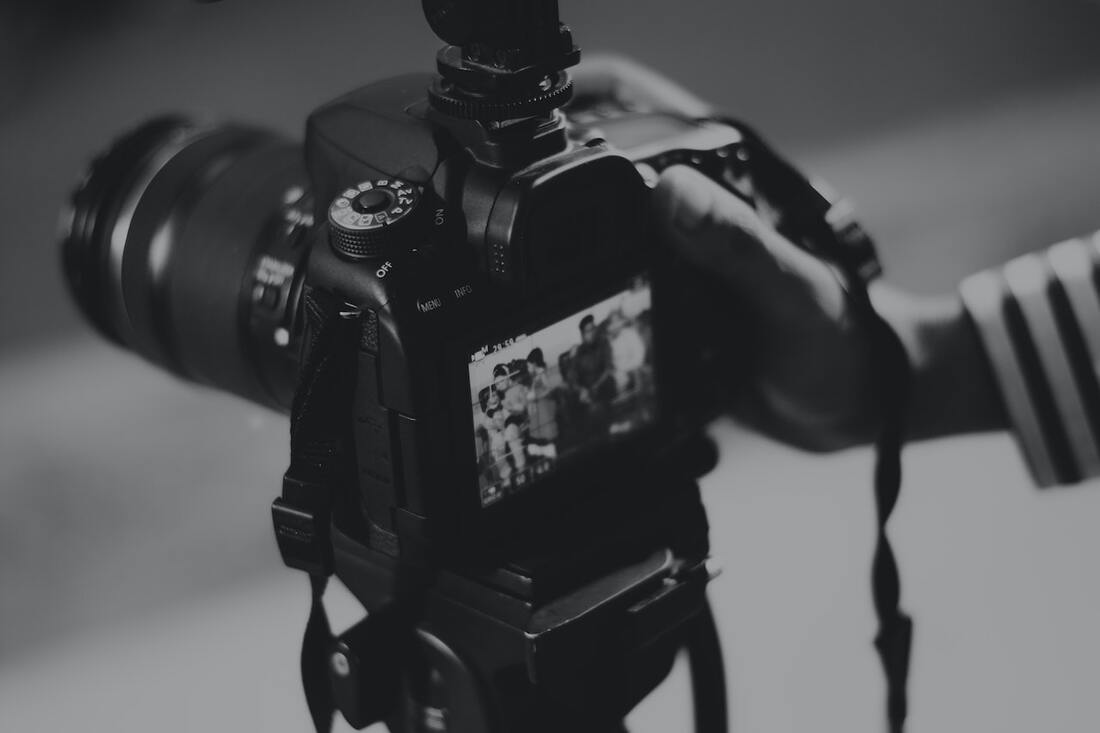
 RSS Feed
RSS Feed